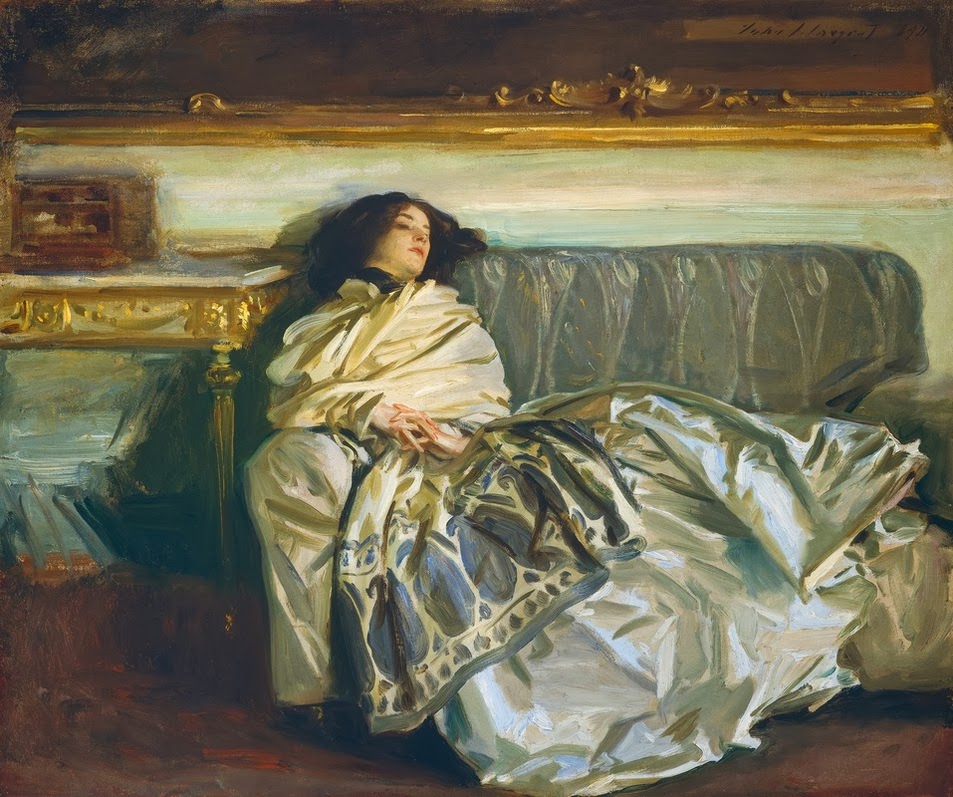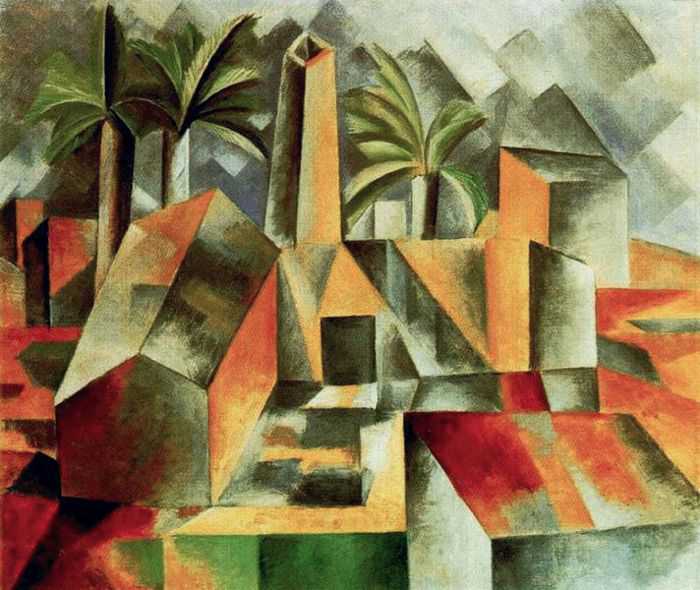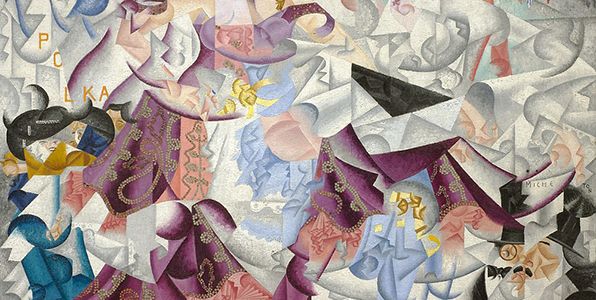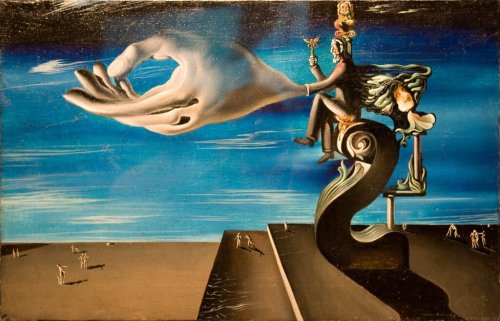Reading graphic design history has made me realize how much these visual movements and styles affect our everyday life. I found the genesis of these various styles to be extremely intriguing and something I found myself enjoying learning about them. Often times we don’t take the time to sit down and appreciate the formation of the art that we have today. Our busy day-to-day lives prevent us from doing so. Being able to take the time to learn and absorb how these art forms and styles came to be was something I consider to be a privilege.
Aestheticism (1870-1914)
Aestheticism was very interesting for me to learn. I wasn’t sure what to expect when I read the title of it. I liked learning that the whole movement was “art for art’s sake.” I feel as though we put a lot of pressure as a society to put meaning on a work of art so it was refreshing to learn that there was an era where art was done for art’s sake. Aestheticism is obviously still around as an art form and it can be seen when we post something because we think it’s pretty or buy flowers just because. While the more modern take on the art form is drastically different from the old one, one can’t help but wonder if it improved or went downhill.



Cubism (1907-1921)
Cubism is particularly interesting because of its ties with science. Mixing a creative field with an analytical one doesn’t sound too great until it’s done. The art that came out of the cubism era is both elegant and uninformative. It has a certain nature to it that allows both the science side and creative side to shine through without drowning out the other one. The abstractness of cubism is really what allows it to stand out against the other eras. It really brings a unique perspective to the table.



Futurism (1910-1918)
Futurism is a very distinct art style. The intricateness of each work of art and the dynamic use of motion really sets this era apart from the others. The introduction of movement in art is such an interesting concept at the time. Seeing how everything up until this era was still life, the introduction of motion in art is huge. This art form is definitely something we still see today and use in modern art. Even though it been reduced to minimalism, it is still an outstanding form of art.



Surrealism (1924-1955)
Surrealism often makes me think of the Twilight Zone or something similar. The art style is so odd and eccentric that it genuinely shocks you. That is what I love about the art style. It’s so out there that it makes you sit back and wonder what the artist who created this was thinking about. It really makes you wonder about the psychology behind the work. I honestly believe surrealism to be my favorite art form.
:max_bytes(150000):strip_icc()/Magritte-Double-Secret-Hannelore-Foerster-GettyImages-634358302-5a87673dd8fdd50037dd8a92.jpg)

In conclusion, all of these art forms are interesting in their own way. I enjoyed being able to take the time to learn about them. I feel that this reading really helped me get a good feel for my future classes in graphic design. The styles and forms mentioned are something that I will keep with me as I go on in this field. The art forms can be seen in all of the projects that we did this semester and I found that to be a really satisfying full circle. I do think that reviewing this book both at the beginning and end of the semester would fully help tie it together and cement everything in.
